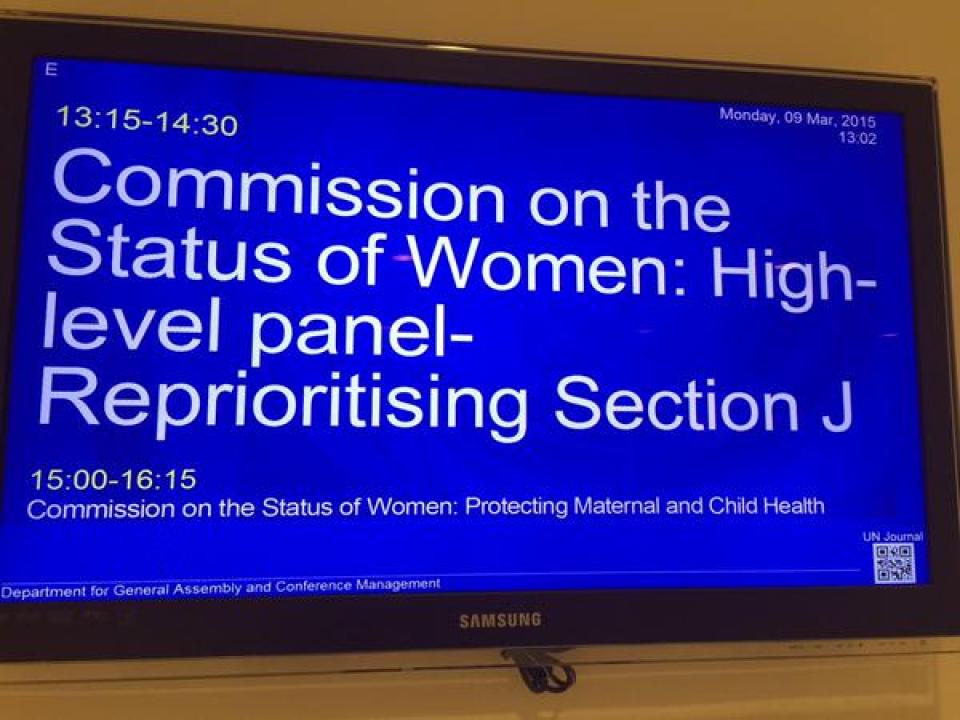
It is exciting to be a part of this edition, and especially that it is 20 years since the Beijing Declaration and Platform for Action – a blueprint that brought energy and enthusiasm to the women’s movement. It enhanced the liveliness of the Convention on the Elimination of All Forms of Discrimination against Women (CEDAW) and the Vienna Declaration and Programme of Action, and reaffirmed that “Women’s Rights are Human Rights”. Today, in a number of dialogues with communities, sentiments like “these are the Beijing women” pop out, an indication that our message has taken root and that it is causing discomfort to the patriarchal systems and structures. Violence against women is rooted in patriarchy and thus any progress observed in the feminist discourse in the past 20 years has been an effort in dealing with societal attitudes, practices and behaviours. And for attitudes and behaviours to shift, Section J on “Women and the Media” has played a central role. A key element in this success is the creativity and innovativeness that women have brought on board using information and communications technologies (ICTs).
Women’s isolation has been broken, their skills, knowledge and access to information technology have been enhanced. The Commission on the Status of Women has continued to provide space for women to engage and remind state actors that they have not met their obligations as per the Platform for Action. In 2000 (Beijing+5) and 2010 (Beijing+15), it was evident that women had taken hold of the power of ICTs. Special spaces for communication, such as FIRE online radio, ICT training sessions, open communication spaces for interaction at the International Women’s Tribune Centre, and the quality of engagement and presentations proved that the women’s movement was building its power and reclaiming its space.
It has been 20 years of mobilising, organising and claiming our centrality as knowers, creators and communicators. We have brought women’s realities and knowledge to the public; we have demystified technology and brought what was deemed private to the public. Women have brought their voices to peace negotiation tables by creatively using ICTs, when they had been denied entry and access to negotiating rooms. However, although we have progressed, we continue to see new forms of violence against women using the new information and communications technologies. We also observe that the space for engagement is continuously narrowing, and this was evident during the 2015 session of the Commission on the Status of Women.
Section J is an enabler and catalyst of the Beijing Platform for Action and all other global development frameworks. We cannot afford to relax; this is the time for us to take advantage of engagements taking place in other social movements to ensure that we reposition the role and value of women, media and ICTs – for instance, the Financing for Development Conference, CEDAW reporting criteria and system, and other spaces. The internet and other communication platforms have increasingly proved the potential of mobilising to improve governance systems, foster businesses, and enhance access to health, among others.
We thus must revisit our approaches and re-energise our actions with rigour. We must be at the centre, not in the hallways.
Image posted on Twitter by @gendermaria
- 10248 views






Add new comment